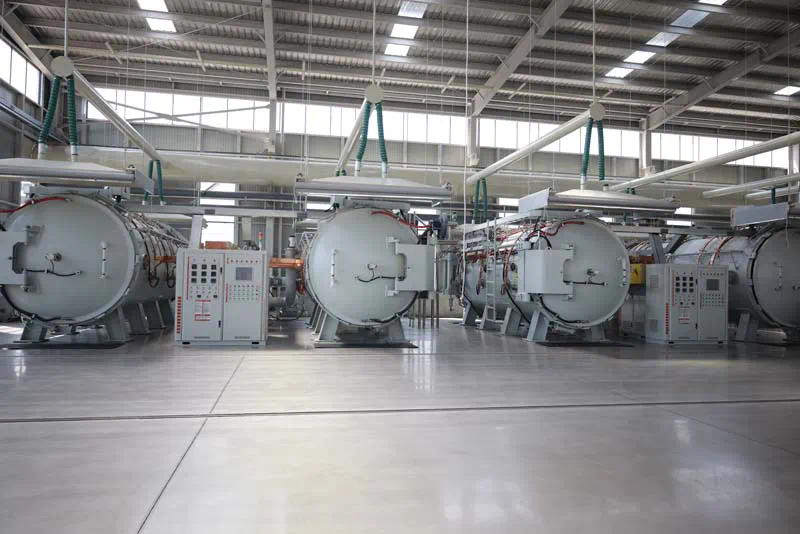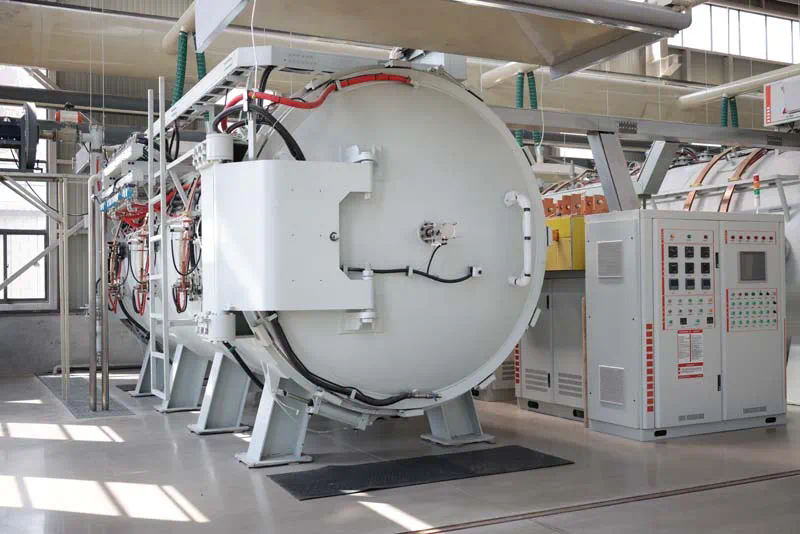Application and Development of Silicon Carbide in Bulletproof Ceramics
Silicon Carbide in Bulletproof Ceramics: Applications and Development
Silicon carbide (SiC) has emerged as a crucial material Silicon Carbide Support Rod And Support Beam in the realm of bulletproof ceramics due to its exceptional properties and versatile applications. This article explores the evolution, current uses, and future prospects of SiC in the development of advanced bulletproof ceramics.
Introduction to Silicon Carbide
Silicon carbide, a compound of silicon and carbon with chemical formula SiC, is renowned for its extraordinary hardness and high thermal conductivity. These properties make it an ideal candidate for applications requiring superior strength and durability under extreme conditions.
Historical Development
The use of silicon carbide in ceramics dates back several decades, primarily driven by its potential in military and defense applications. Early developments focused on leveraging its hardness to enhance the ballistic performance of ceramic armor.
Properties of Silicon Carbide

1. Hardness and Toughness: SiC exhibits exceptional hardness, approaching that of diamond. This property enables it to withstand high-velocity impacts without deformation or penetration.
2. High Thermal Conductivity: Unlike traditional ceramics, SiC has excellent thermal conductivity, which helps in dissipating the heat generated during ballistic impact, thereby preventing ceramic fracture.
Applications in Bulletproof Ceramics
Military and Defense
Silicon carbide is extensively used in manufacturing ballistic plates and inserts for military and law enforcement personnel. These ceramics provide critical protection against high-velocity projectiles while remaining lightweight, a crucial factor for mobility.
Civilian Applications
Beyond military use, SiC-based bulletproof ceramics are finding applications in civilian markets, such as personal protective equipment for security personnel and high-risk professionals.
Manufacturing Processes
1. Pressureless Sintering: One of the common methods involves pressureless sintering of SiC powder at high temperatures to form dense ceramic bodies with uniform microstructures.
2. Hot Pressing: Another technique, hot pressing, involves applying pressure and heat simultaneously to achieve high-density SiC ceramics with enhanced mechanical properties.
Challenges and Innovations
1. Cost: The production cost of silicon carbide ceramics remains a challenge, limiting its widespread adoption in civilian markets.
2. Material Improvement: Ongoing research focuses on optimizing SiC composition and processing techniques to enhance performance and reduce manufacturing costs.
Future Trends
1. Nanostructuring: Integration of nanotechnology in SiC ceramics shows promise in further improving mechanical properties and reducing weight.
2. Composite Materials: What are silicon silicide specialty ceramics Combining SiC with other ceramics or polymers could lead to hybrid materials with superior ballistic performance and multifunctionality.

In conclusion, silicon carbide continues to play a pivotal role in the advancement of bulletproof ceramics, driven by its unmatched hardness, thermal conductivity, and potential for innovation. As technology evolves, so too will the applications and capabilities of SiC in protecting lives and ensuring security across diverse sectors.
https://flycatcoo.com/

